A total of 263 artifacts from Central China's Hubei Province, including bronzeware, jade items, lacquerware, gold and silk fabrics, are set to be exhibited in San Francisco, U.S., on April 19, according to a report by the China News Service on Monday, citing words from the Hubei Provincial Museum (HPM).
Titled Phoenix Kingdoms: The Last Splendor of China's Bronze Age, the exhibition is organized jointly by the HPM and the Asian Art Museum of San Francisco, which will make the largest-scale presentation of Chinese archaeological treasures in recent years held in the U.S., with many pieces being exhibited overseas for the first time.
As the homeland of ancient Zeng and Chu states during the Zhou Dynasty (1046BC-256BC), Hubei is where the majority of Zeng and Chu works have been unearthed.
According to Zeng Pan, director of the display department of the HPM, the exhibition aims to introduce the history, culture and art of the Zeng and Chu states to overseas audiences, showcasing the achievements of Chinese civilization in bronze casting, lacquer painting and textiles.
Exhibition artifacts mainly are from the Zhou Dynasty, selected from the HPM, Hubei Provincial Institute of Cultural Relics and Archaeology, as well as other local institutions, said Zeng.
The major hub for housing and exhibiting Chu art, the HPM, will provide 190 relics for the exhibition. Notable selections from the museum include the bronze vessel which was known as the ancient equivalent of a "refrigerator," and unearthed from the tomb of Marquis Yi, a ruler of the Zeng State.
Besides, a designed bronze drum base adorned with eight big dragons and ten intertwined small dragons, which was considered among the most exquisite artifacts ever discovered during the pre-Qin ( 221BC-206BC) period will be also on display.
Moreover, the exhibition will underscore the significance of the phoenix in Hubei culture, showcasing vivid representations of the mythical bird in various artifacts.
"The elements of phoenix in Chu culture are prominent, while in Western culture, there is also an understanding of the Phoenix as an auspicious bird. When we go to the U.S. to face overseas audiences, we use an the image of phoenix as the theme of the exhibition, which can effectively narrow the cultural differences between eastern and western audiences," said Zhang Xiaoyun, curator of the HPM.
"When we put the understanding of the concept of the phoenix in the same context, we can achieve a resonance for art and aesthetics at the same time," Zhang noted.








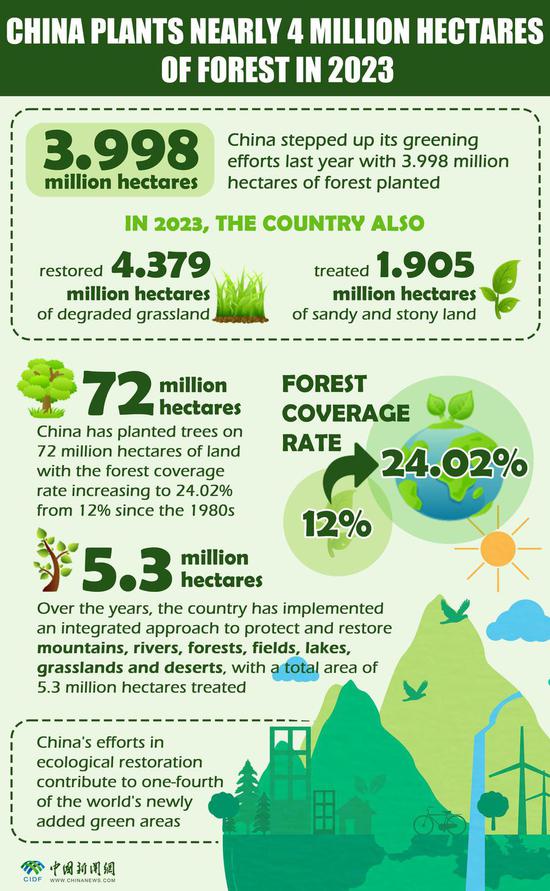
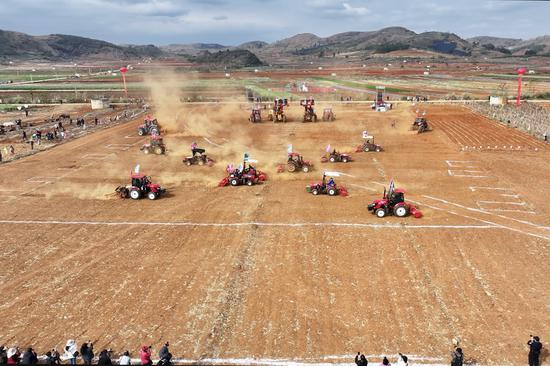
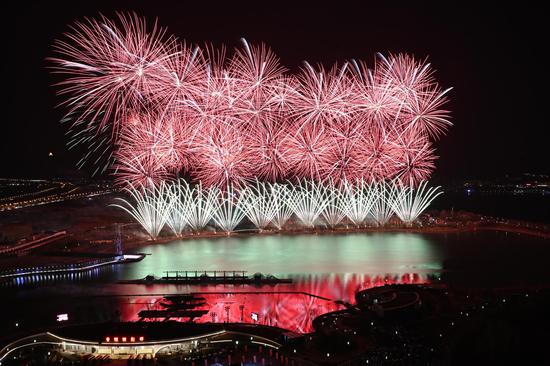
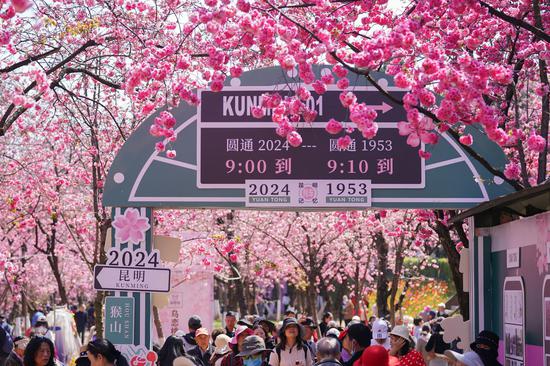


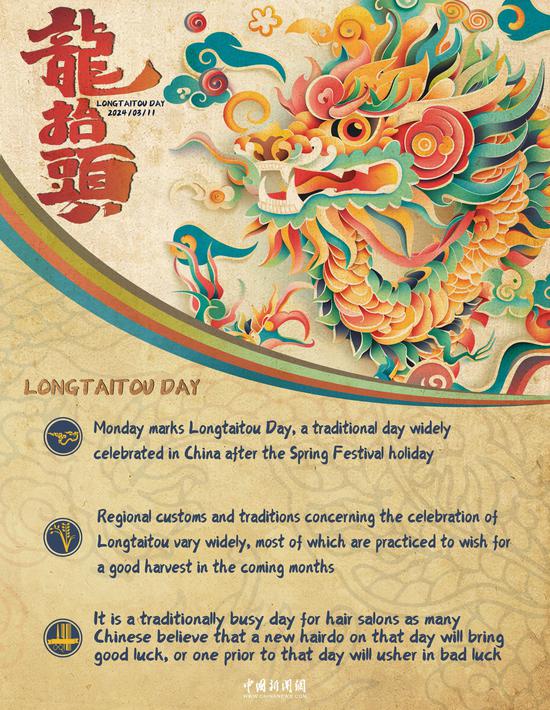
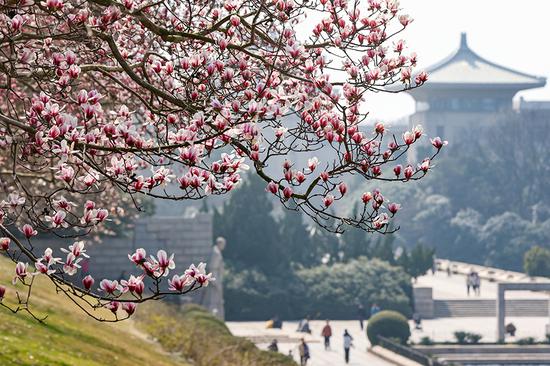
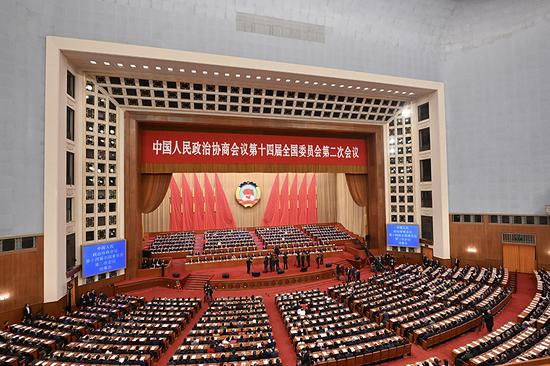

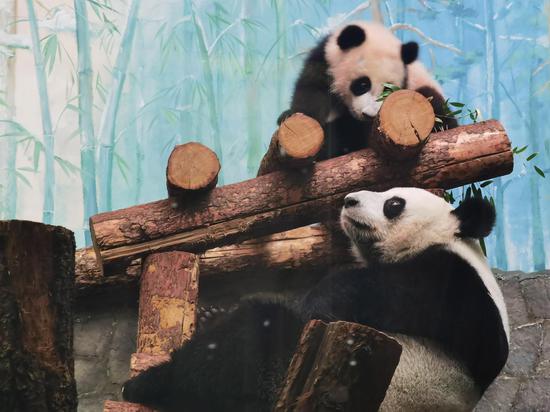
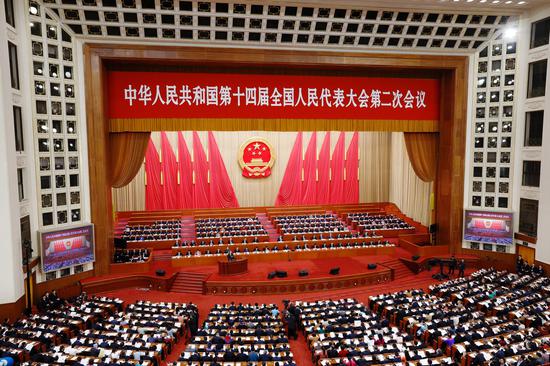

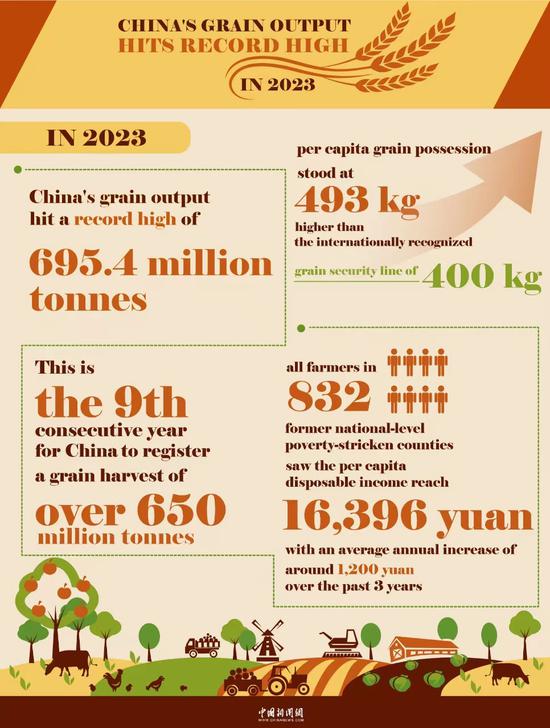

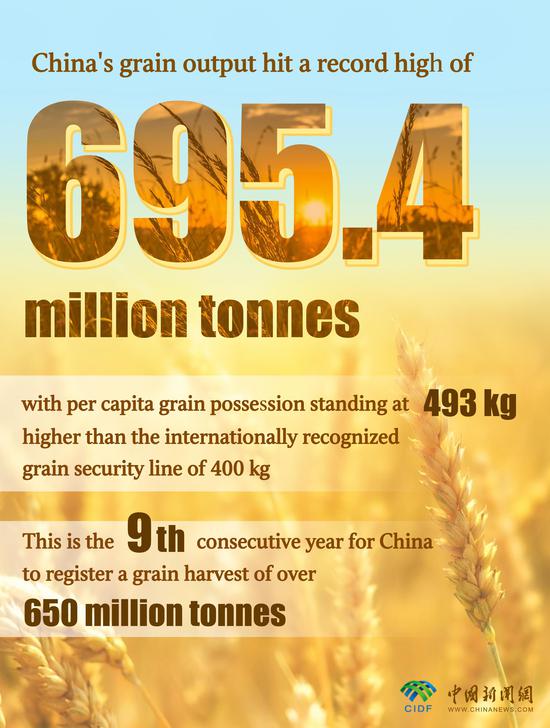
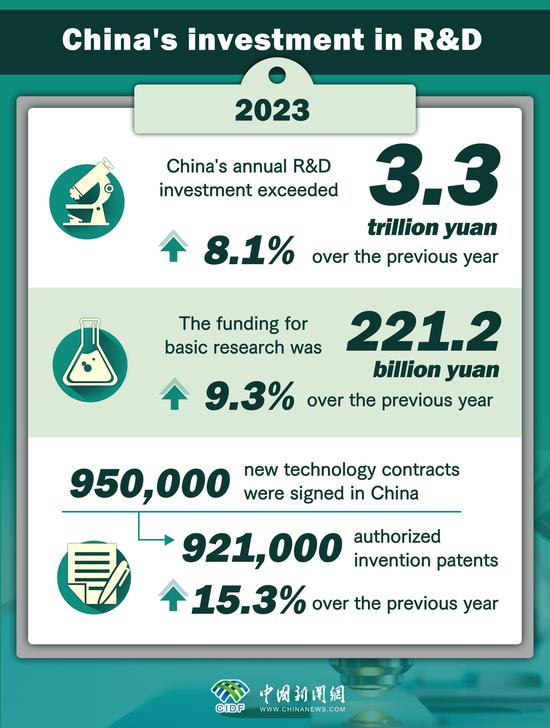


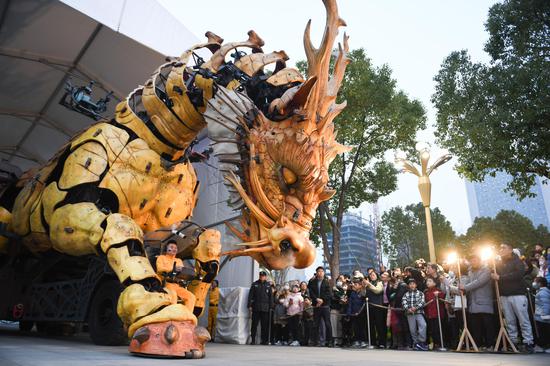
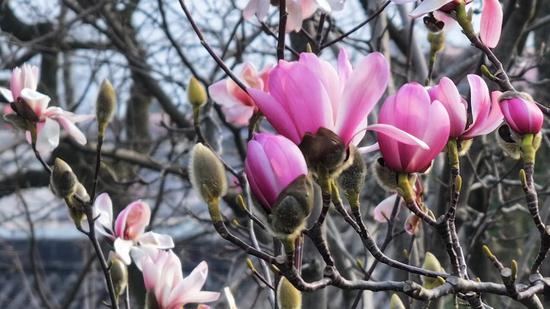
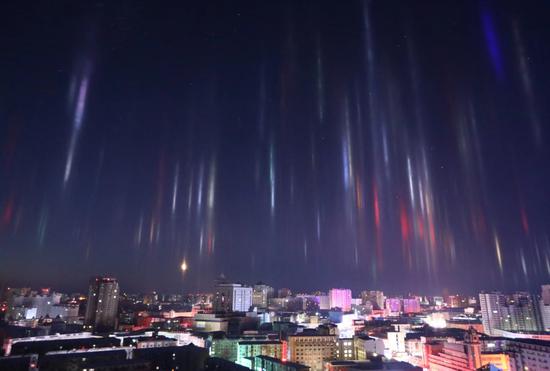
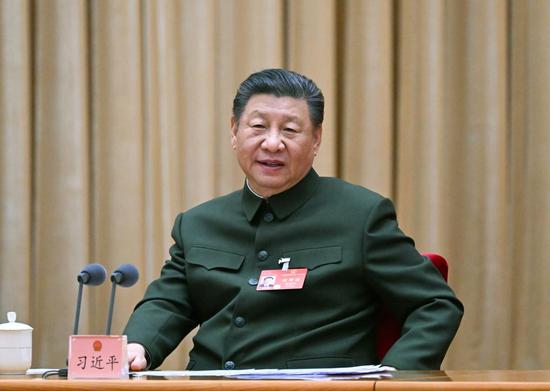
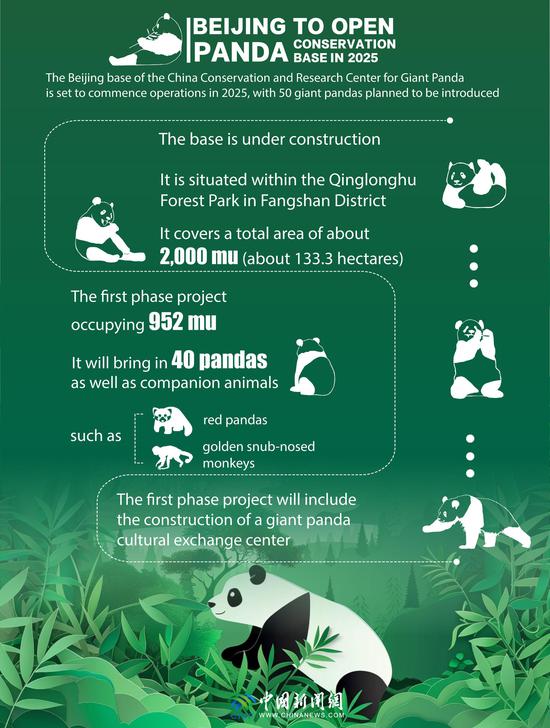
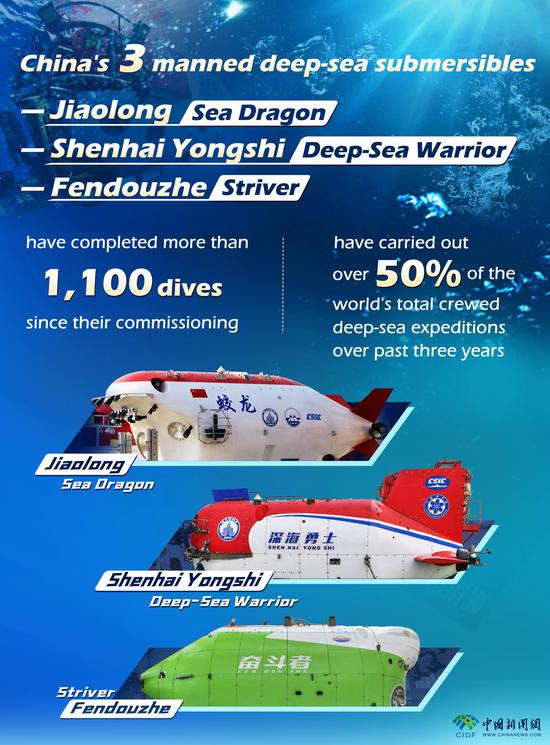
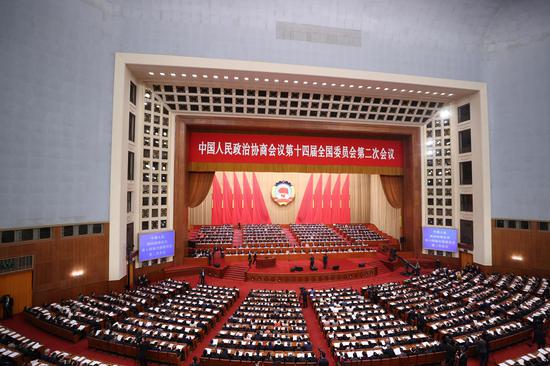
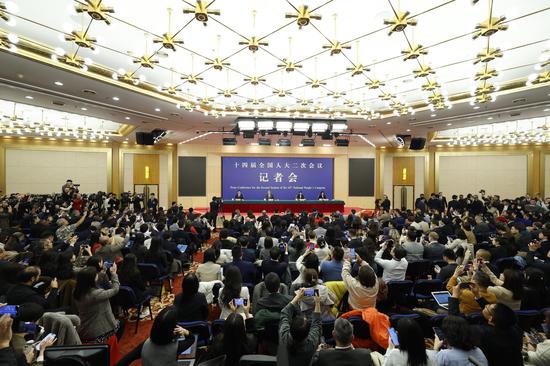
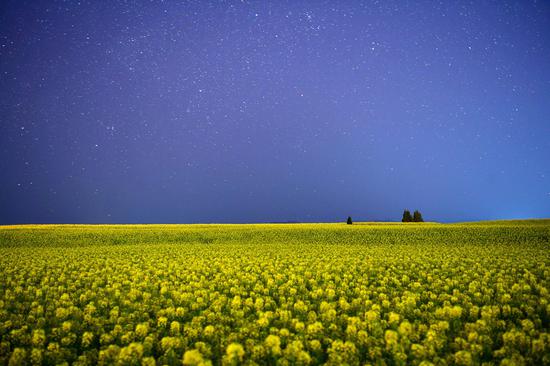
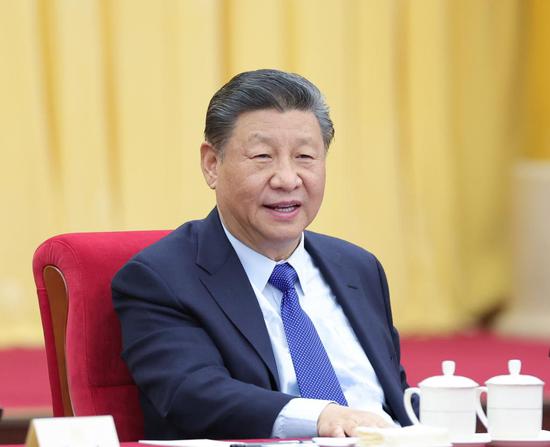
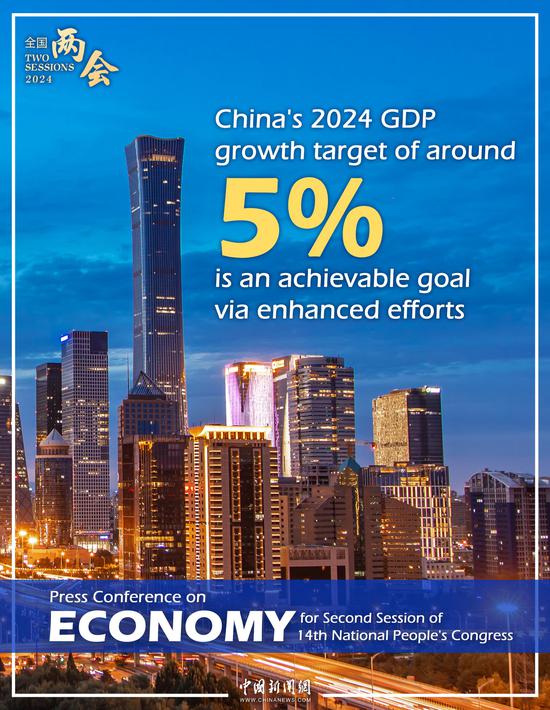


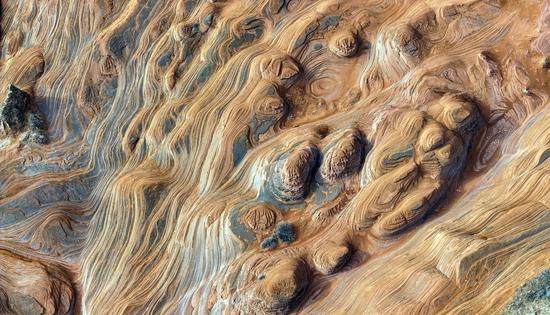
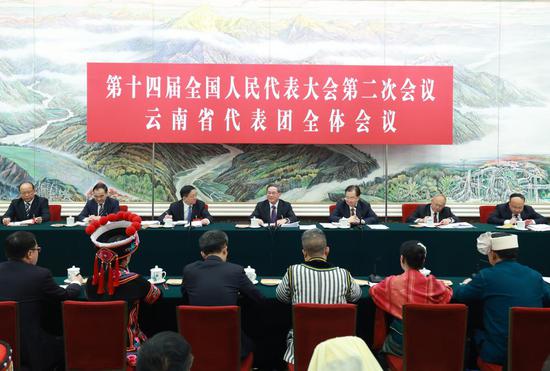
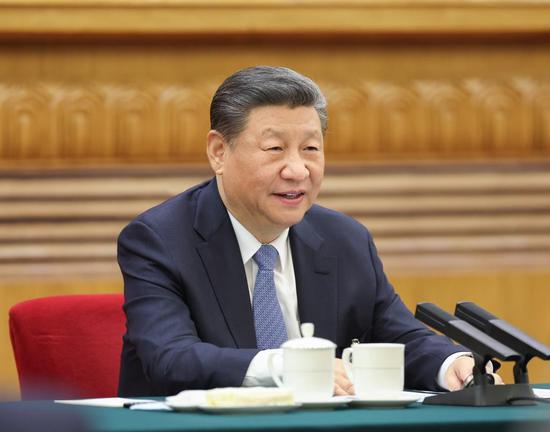

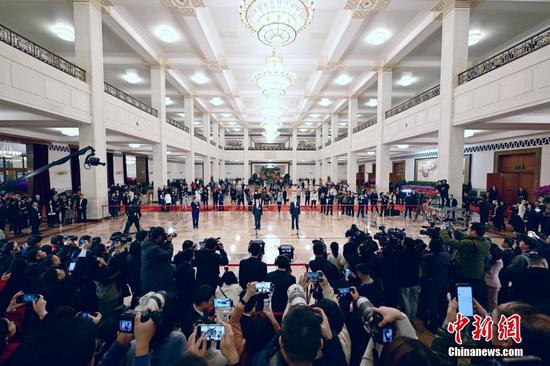





 京公网安备 11010202009201号
京公网安备 11010202009201号